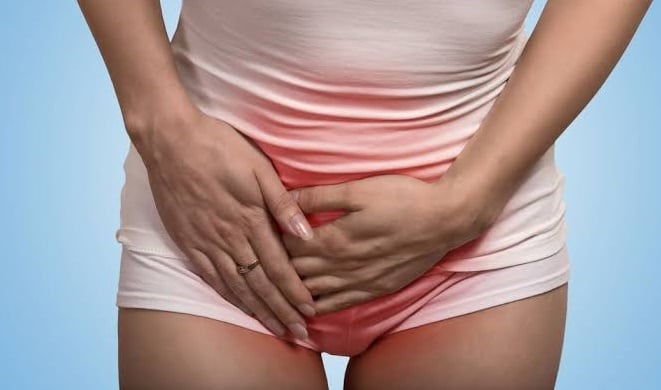Doctors in the United States may soon start offering vaginal fluid transplants as a “cure” for bacterial vaginosis (BV), a type of inflammation caused by the overgrowth of bacteria in the vagina.
BV is a mild infection in female genitals and is said to be the most common one affecting young women or mothers still in their reproductive years — although it’s not often considered a sexually transmitted infections (STIs).
The infection, marked by an acrid fishy odour; itchy vagina; grey-white vaginal discharge and a burning sensation while urinating, could, however, make women more vulnerable to STIs, urinary track infections (UTIs), or premature birth.
A team of medical professionals at Johns Hopkins University has set up a programme to screen potential donors for testing their curative procedure.
This became necessary after they had established that the use of antibiotics as treatment often leaves patients susceptible to suffering a relapse.
According to BBC, they have also obtained regulatory approval from the Food and Drugs Administration, a regulatory agency in the US.
The doctors said that women could benefit immensely from a dose of healthy vaginal microbes to protect against the infection.
It is believed that healthy bacteria from donors will be put into a tampon-like device and inserted in a health trial involving about 40 women who suffer from BV with the hope that the transplants could finally provide a ‘cure’ to the infection.
According to the report published in the journal Frontiers in Cellular and Infection Microbiology, the researchers also said they have gained some insights into what individuals would make ideal donors and are set to run clinical testing for the procedure.
“The donation is a self-collection, which we know people tend to prefer. The woman inserts and then removes a flexible plastic disc similar to a menstrual cup or a contraceptive diaphragm to collect the sample,” said Laura Ensign, one of the researchers.
“It’s quick and easy and one sample collected like that would be enough material to make one dose for transfer. If we can get funding, we could start right away. Some of the donors that we studied said they would want to take part.”
Copyright 2025 TheCable. All rights reserved. This material, and other digital content on this website, may not be reproduced, published, broadcast, rewritten or redistributed in whole or in part without prior express written permission from TheCable.
Follow us on twitter @Thecablestyle

